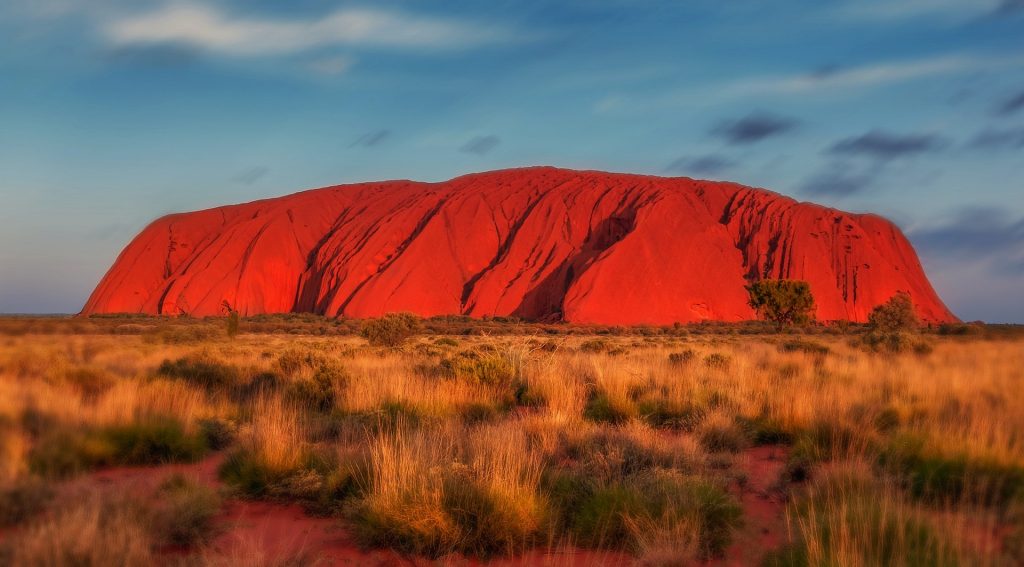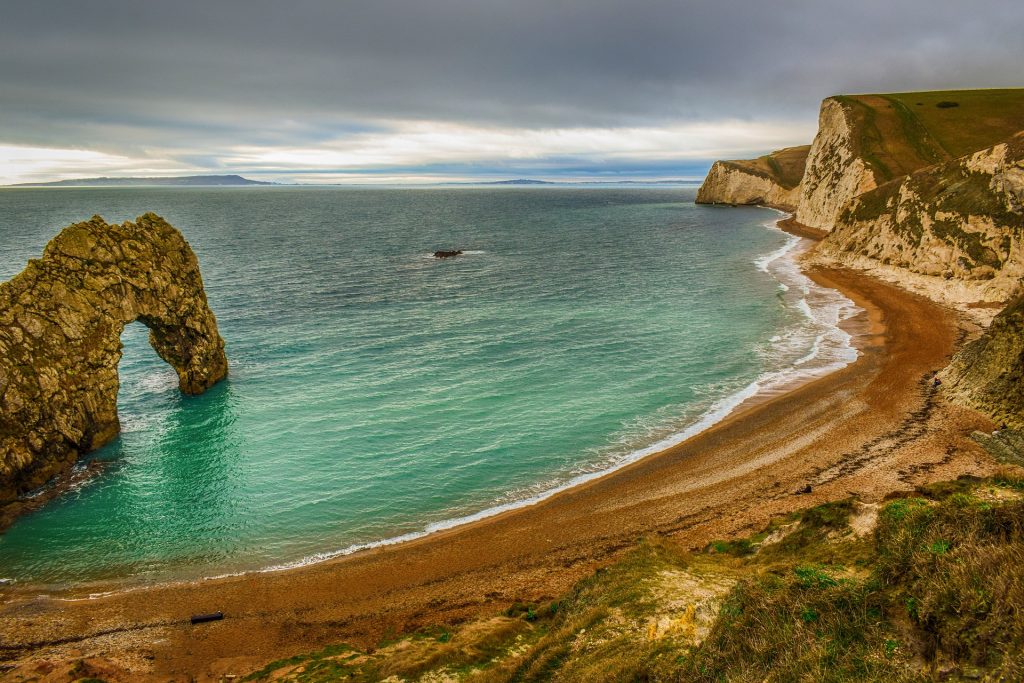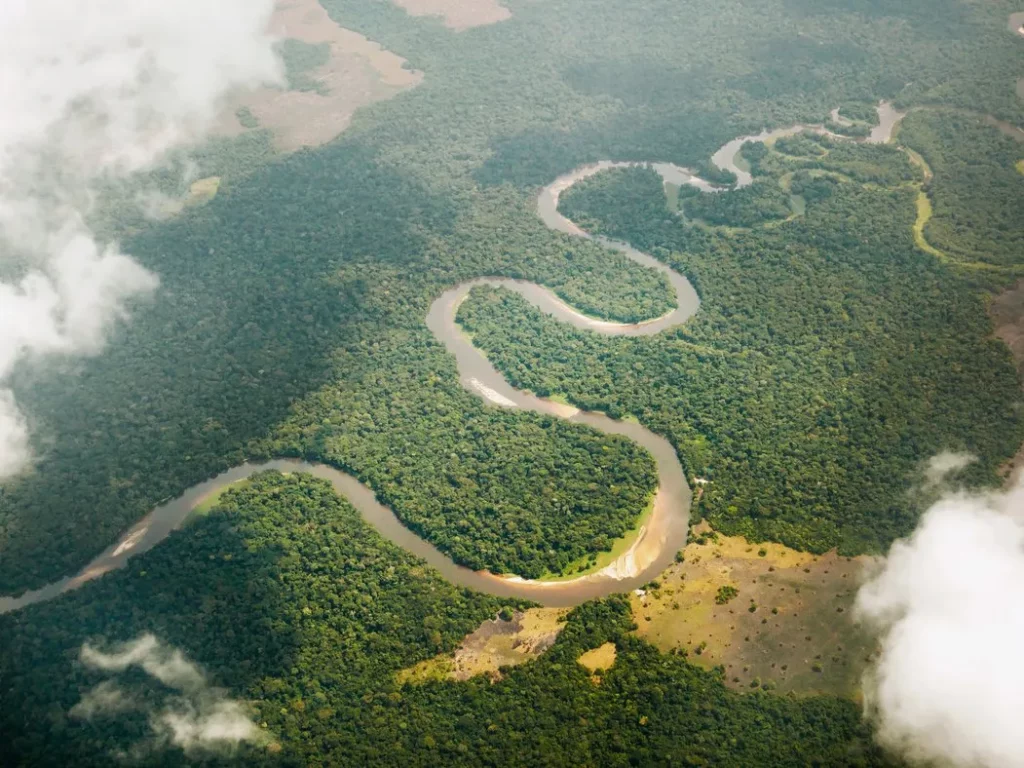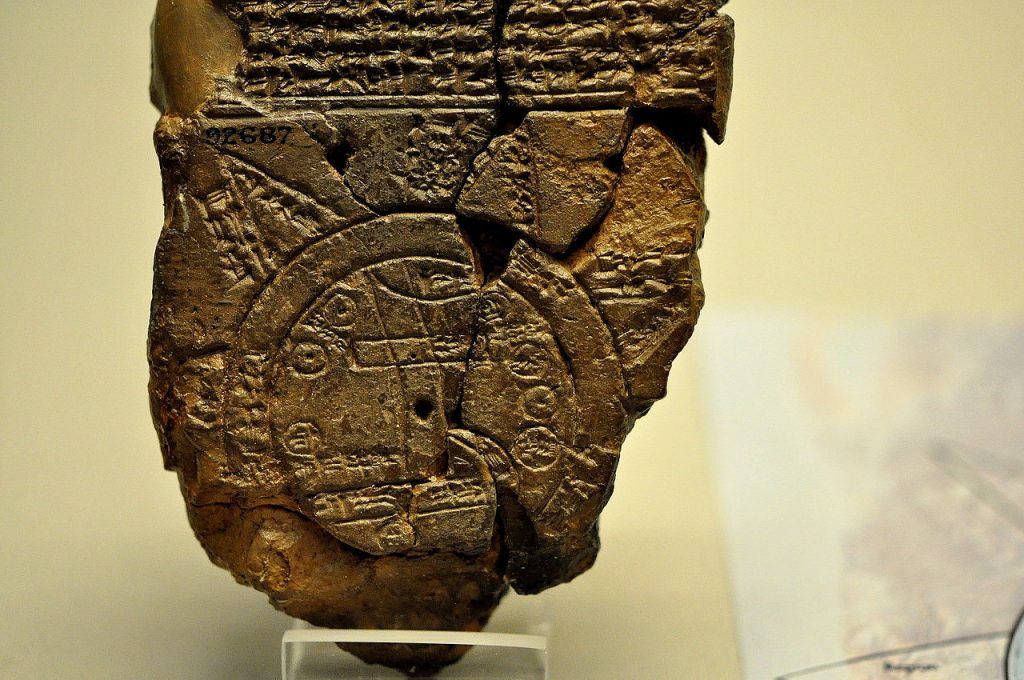Uluru
Uluru, (we will not be using the term ‘Ayers Rock’) is a sandstone monolith in the Northern Territory in Australia. It’s a geological wonder in its own right, but it’s also a cultural and spiritual icon for the indigenous Anangu people. This article explores the formation and geological characteristics of Uluru, its cultural importance, its troubled history with non-indigenous people, and the journey towards its return to indigenous ownership. How a monolith forms Uluru’s formation dates back 550 million years. During the late Neoproterozoic and early Cambrian periods, at this time life was just getting started with the world famous Cambrian explosion. The region was part of an inland sea. Over time, sediments were washed from land, through river systems, and found their way to this sea. Through the eons the relentless depositing of minute amounts of sand and gravel compressed into sandstone and conglomerate rock formations. Around 400 million years ago, just as the first insects began to appear in the fossil record, tectonic activity began to shift these rock layers. The crust buckled and folded as two converging plates pushed relentlessly together, creating large folds and faults known as an inselberg or “island mountain.” Eventually, one of these inselbergs broke the surface and was exposed to the elements. This is how the great monolith came into being. If you look closely, you can still sort of make out the rock strata running diagonally down the face of Uluru as erosion has continued to weather away the softer rock Size and Shape Uluru is the second largest monolith in the world, behind Mount Augustus, also in Australia. It stands 348 meters (1,142 feet) high. Much like an iceberg, most of its bulk lies underground. It has a circumference of about 9.4 kilometers (5.8 miles). The rock is 2.2 kilometers (1.4 miles) long and 1.6 kilometers (1 mile) wide. Its surface is characterized by its deep grooves, ridges, and caves formed by erosion. The rock’s striking red color comes from its iron oxide coating, which contrasts with the non-weathered grey rock beneath. The colors of Uluru change dramatically at different times of the day and year, ranging from deep reds and purples at sunrise and sunset to softer ochres and browns during the day. Similar Formations Around the World While Uluru is unique in many ways, there are similar formations around the world that share certain geological characteristics: Kata Tjuta (The Olgas): Located about 25 kilometers (16 miles) west of Uluru, Kata Tjuta is a group of large, domed rock formations. Like Uluru, they are composed of conglomerate rock and hold significant cultural importance for the Anangu people. Devils Tower (Wyoming, USA): This monolithic igneous formation rises 386 meters (1,267 feet) above the surrounding terrain. It is composed of phonolite porphyry and has significant cultural importance for several Native American tribes. Sigiriya (Sri Lanka): Also known as Lion Rock, Sigiriya is an ancient rock fortress. Rising 200 meters (660 feet) above the jungle, it is composed of hardened magma from an extinct volcano and is surrounded by the remnants of gardens and palaces. El Capitan (California, USA): Perhaps one of the few monoliths that rival Uluru in recognizability. This vertical rock formation in Yosemite National Park is made of granite and rises about 900 meters (3,000 feet) from the valley floor. It is a popular destination for rock climbers. Cultural importance to the Anangu people For the Anangu, the traditional owners of Uluru, the rock is a sacred site. It is intertwined with Tjukurpa, often translated as “Dreamtime” or “the Dreaming,” which encompasses the spiritual beliefs, law, and history of the Anangu people. Uluru is considered a living cultural landscape, and its features are linked to ancestral beings who traveled across the land, creating the world and laying down laws and customs. The Anangu have a deep spiritual connection to Uluru, and it features prominently in their creation stories and rituals. The rock’s various caves, waterholes, and rock formations are considered sacred sites are associated with different ancestral beings, rituals, ceremonies and stories Cultural Practices and Knowledge The Anangu people have traditionally used the land around Uluru for hunting, gathering, and ceremonies. Their knowledge of the local flora and fauna, weather patterns, and land management practices has been passed down through generations. This traditional ecological knowledge is essential for maintaining the health of the landscape and preserving biodiversity. There are several sites within and around Uluru that have gender specific roles in Anangu culture. There are strict protocols within the culture that the Anangu men and women do not interfere with each other’s sacred sites and cultural practices. The sites are not widely known and the exact location of virtually all of the sites are known only to the Anangu people. The Anangu people have a rich oral history with stories of their ancestors, their travels and of the history of the land. Much of the history of the Anangu people can also be found in cave art found throughout Uluru. The Anangu people have a distinctive dot-painting style. This tradition continues to this day, with Anangu artists continuing to create artworks depicting Tjukurpa stories. Initial European Discovery and Naming Sir Henry Ayers Photographer: J. Hubert Newman., Public domain, via Wikimedia Commons After many thousands of years of aboriginal stewardship of Uluru the South Australian government was on the hunt for new lands to colonise. In 1873, the South Australian government was looking for new pasture land, or areas for future development. They engaged William Gosse, the British born explorer, to map a large region of Australia to the south of Alice springs. He departed Alice springs on 21st of April 1873 with a crewe of 7 people – including 3 Afghans and an aboriginal boy named Moses. On 19th June of that year, Uluru was first sighted by Europeans. Gosse named it Ayers Rock in honor of Sir Henry Ayers, the Chief Secretary of South Australia. This name became the commonly used term for Uluru in Western contexts,





